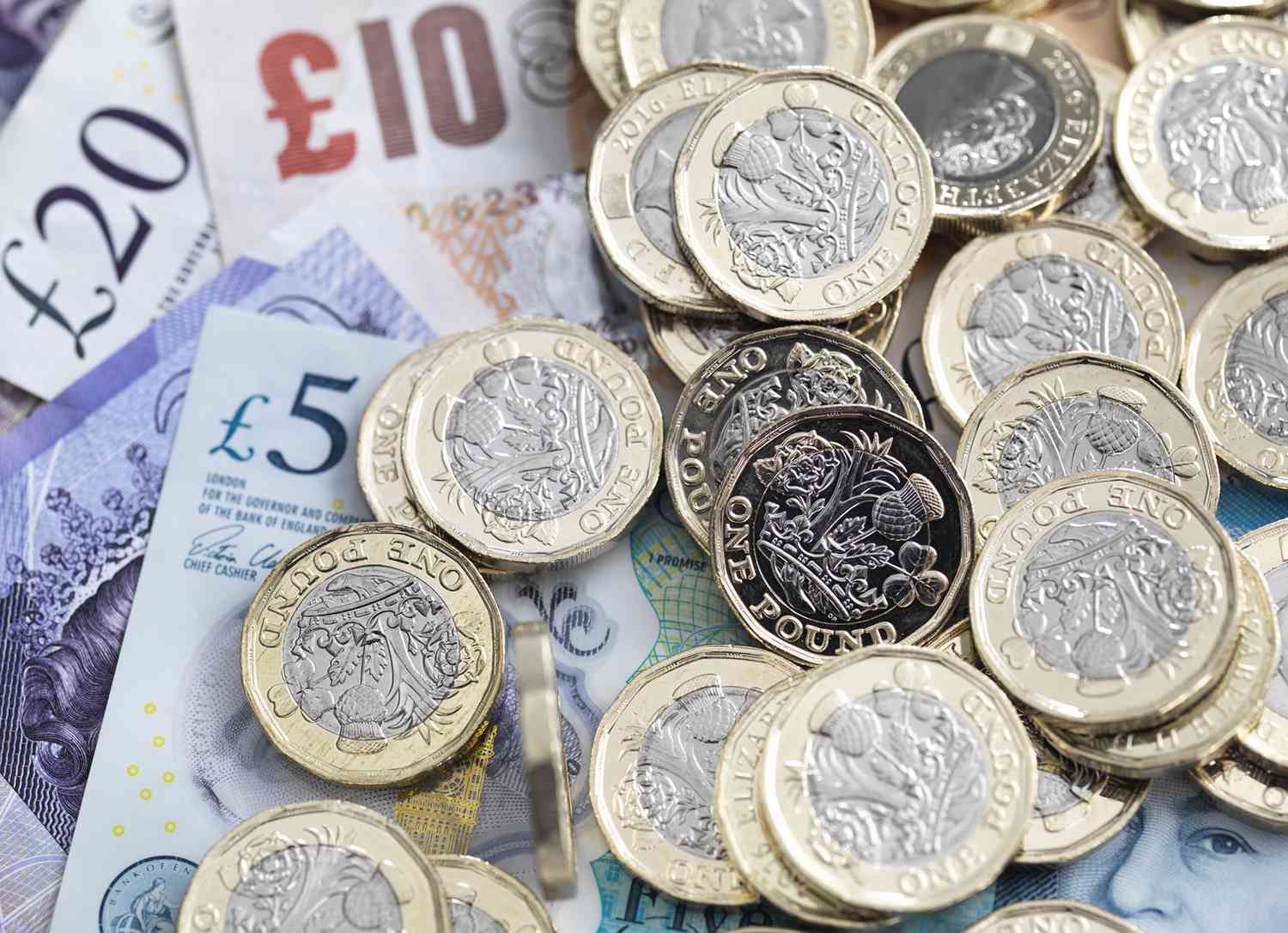Investors both domestically and abroad are paying attention to the rising value of the US dollar. However, it’s unclear what the government can do to stop the surge or whether it would yet hurt American stocks.
“Everyone is becoming uneasy due to the dollar’s increase. Officials from China and Japan tried unsuccessfully to stop the dollar’s surge last night, according to a note from senior market analyst Edward Moya of Oanda.
Indeed, despite warnings from Japanese officials that a currency-buying intervention may be on the horizon, the Japanese yen continued to weaken against the dollar, trading near 148 to the U.S. dollar, its lowest level in ten months.
According to Masato Kanda, vice finance minister for international affairs, “excessive moves in foreign-exchange rates have negative effects on the economy by bringing uncertainties to companies and households.” If this pattern continues, “We won’t rule out any options and will take appropriate action.”
To stabilise the yuan, which was trading close to its lowest level since November against the dollar, China’s central bank on Wednesday set its daily reference rate for the currency higher than market participants had anticipated. It also made additional actions that experts perceived as supportive measures.
Additionally, Moya pointed out that despite a string of bad German economic data, officials from the European Central Bank were determined to emphasise the potential for another interest-rate increase. In relation to the dollar, the euro traded close to a three-month low.
If persuasive evidence or market circumstances are absent, Moya noted, “FX talk is cheap if it does not support decisive and meaningful action.” “The ECB will find it difficult to persuade markets that they can raise despite a worsening outlook. Only around halfway through, Japanese officials are still using their strongest rhetorical intervention threats. China’s biggest issues are the housing crisis and contagion risks, which are reaching uncomfortably high levels.
The ICE U.S. Dollar Index DXY, which measures the value of the dollar against a basket of six major currencies, was up 0.1% at 104.87 after briefly crossing the 105-point mark on Wednesday.
The strong U.S. economic figures, which have made the U.S. appear superior than its developed market peers, have been linked with the dollar’s advances. Strong data indicates that interest rates are expected to stay high even if the Federal Reserve has finished or is almost finished raising them to fight inflation. This belief was only strengthened this week after Saudi Arabia and Russia extended their production-cutting measures, which sent Brent crude back above $90 per barrel.
The appeal of the dollar increased as a result of rising Treasury yields due to rising oil costs.
This week, higher rates and related worries about the Fed’s rate path were putting pressure on U.S. stocks. On Wednesday, the Dow Jones Industrial Average DJIA shed more than 200 points, or 0.6%, while the S&P 500 SPX fell by 0.9%.
Investors in the stock market were just made aware that the struggle against inflation is far from over.
Although it isn’t always a concern, a strong dollar might be problematic for stock market investors. Companies that receive a significant portion of their revenue from sales abroad may find it particularly challenging because a higher dollar makes their exports more expensive to foreign customers.
Ross Mayfield, an investment strategy analyst at Baird Private Wealth Management, said that the dollar’s movements are probably not severe enough to cause immediate issues.
According to Mayfield, the dollar’s advance so far is more a brief uptick in a downward trend than a reinvigorated rally, she told MarketWatch in a phone interview. In 2022, the dollar rose and was referred to represent a “wrecking ball” for the financial markets.
While trading close to a six-month high, the ICE U.S. Dollar Index is still down over 5% from a year ago level and down 8.6% from a more than two-decade high reached last autumn just below 115.
Mayfield stated that rather than significantly extending its recent rally, he believes the dollar is more likely to level out and subsequently soften.
If [the dollar index] broke through and set a new 2023 high and the rally picked up speed, putting those late 2022 highs within sight, Mayfield said, “I think you’d start to hear a lot more about it.”
Watts, William
This material was produced by MarketWatch, a division of Dow Jones & Co. The Wall Street Journal and Dow Jones Newswires have no influence on MarketWatch’s publication.

